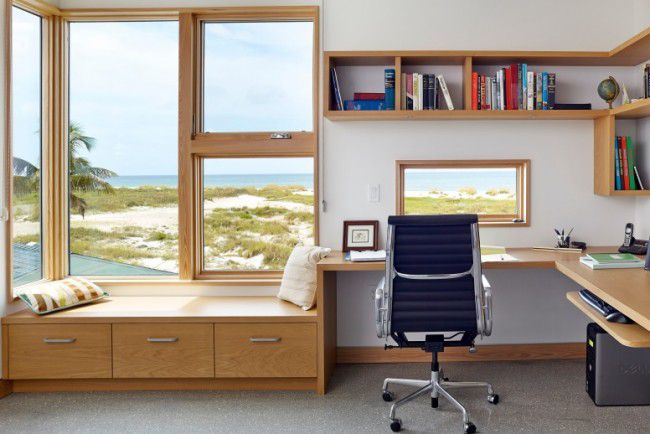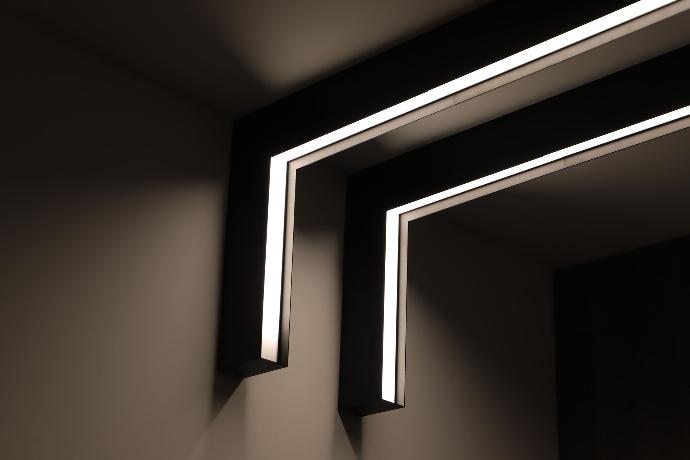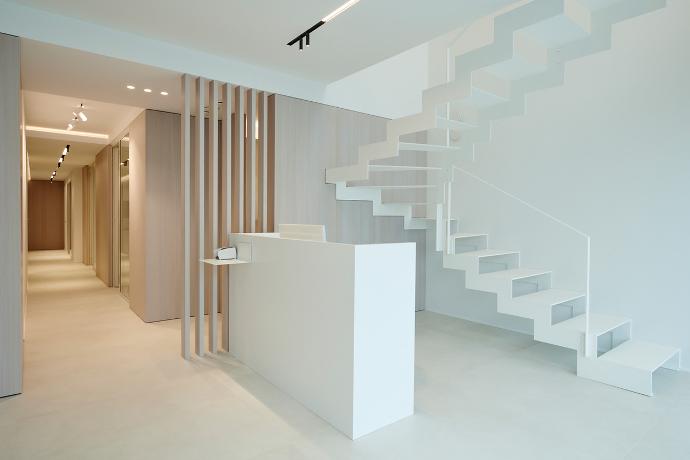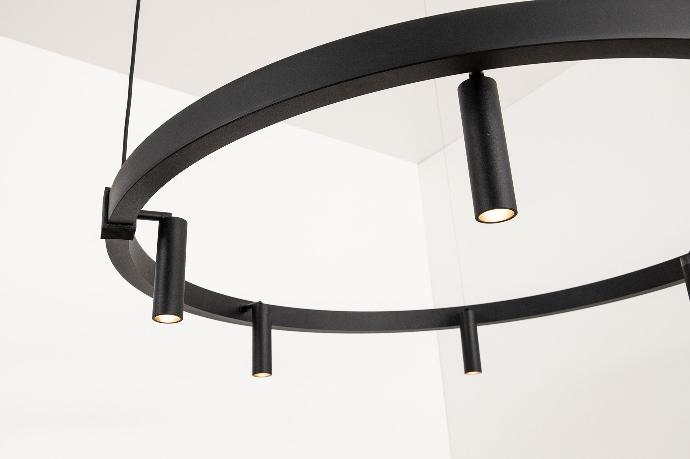In recent years, the concept of energy saving has become increasingly important, both in companies and in households. Energy saving is simply reducing energy consumption while trying to achieve the same results.
This energy saving translates into both an economic advantage and a reduction in the pollution we emit. It is therefore a key factor in sustainability policies.
Lighting design plays a key role in energy savings, as energy savings in lighting can lead to a reduction in consumption of between 20 and 30%
.LED technology is the protagonist in a lighting design oriented to energy saving. This type of lighting consumes much less, has a higher performance, does not increase the temperature, is more resistant and environmentally friendly.
On the other hand, current luminaires have reflector systems to direct the light from the lamps in the desired direction, so it is convenient to replace old luminaires with more modern ones.

In addition, it is advisable to take advantage of natural light as much as possible and to use light colors, especially in small and/or poorly lit spaces, as they reflect light. In addition, a regular maintenance plan for the luminaires will result in higher utilization, as aging reduces the efficiency of the luminaires.
In commercial spaces and offices, lighting accounts for at least 50% of electricity consumption. In these, the installation of presence sensors can be very useful, helping to reduce consumption by up to 60%
, limiting it to the hours of use that are strictly necessary.Finally, when choosing the type of lighting, the bulb aperture, the type of lamp shade and the lumens, which measure the brightness emitted, must be taken into account.
Ultimately, the right lighting design not only enhances the aesthetics of different spaces, but can also bring considerable savings to homes and businesses.
Share


